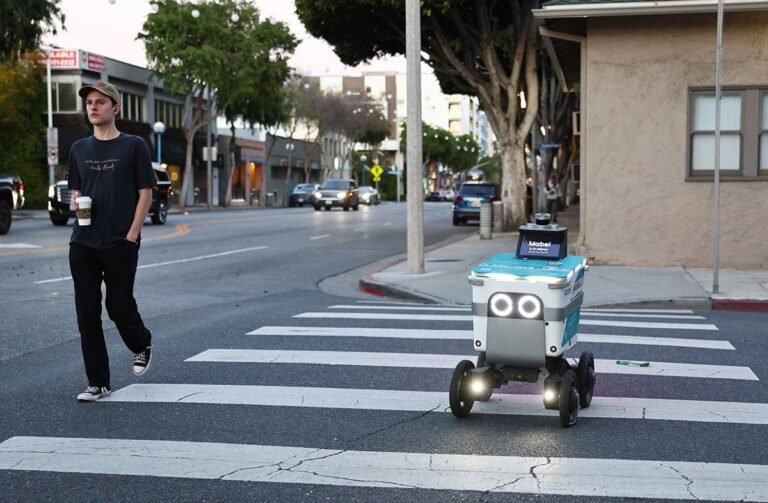
Serve Robotics, the Uber and Nvidia-backed sidewalk robot delivery company, debuted publicly on the New York stock exchange Thursday, making it the latest startup to choose going public via a reverse merger as an alternative path to capital needed to fund growth.
While Serve’s debut in the public markets comes from a reverse merger and not a SPAC, the two alternate paths to IPO are not too dissimilar.
However, Serve Robotics said it’s expecting enormous growth fueled by money generated by going public.
“I never thought that I would start a robotics company and then be in the ads business,” said a tired, but excited, Kashani in a phone interview minutes before the bell rang.
Upon the closing of the merger, Uber held a 16.6% stake and Nvidia an 14.3% stake in Serve, according to regulatory filings.
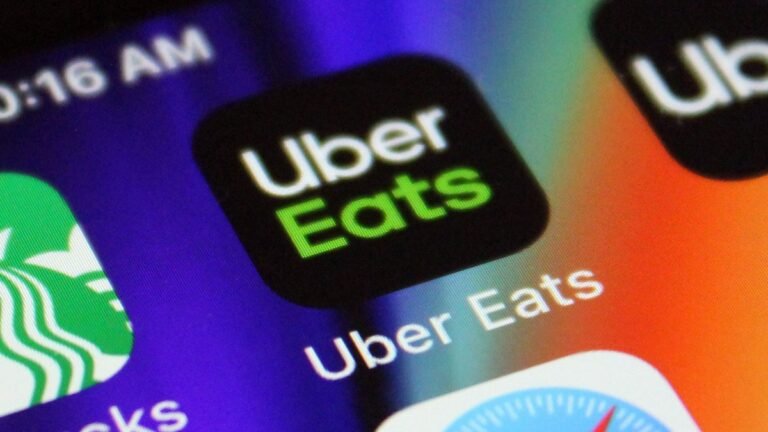
Uber Eats is launching a TikTok-like short-form video feed to boost discovery and help restaurants showcase their dishes.
With this launch, Uber Eats now joins numerous other popular apps that have launched their own short-form video feeds following TikTok’s rise in popularity, including Instagram, YouTube, Snapchat, and Netflix to name a few.
The new Uber Eats short-form videos are visible in carousels placed across the app, including the homescreen.
Verma also shared that in order to further support merchants, the company has revamped its Uber Eats Manager software and added personalized growth recommendations.
Uber Eats announced today that it now has more than one million merchants around the world on its platform, across 11,000 cities in six continents.

Moove, an African mobility fintech that offers vehicle financing to ride-hailing and delivery app drivers, has raised $100 million in a funding round as it plots expansion into new markets.
Moove says it plans to use the new capital to expand its revenue-based vehicle financing platform to 16 markets by the end of 2025.
Moove takes a two-pronged approach to vehicle financing.
The vehicles provided to Moove customers vary from traditional options like Toyotas and Suzukis to electric vehicles (EVs) such as Teslas.
The vehicle financing startup operates large EV fleets in the UAE and the U.K.
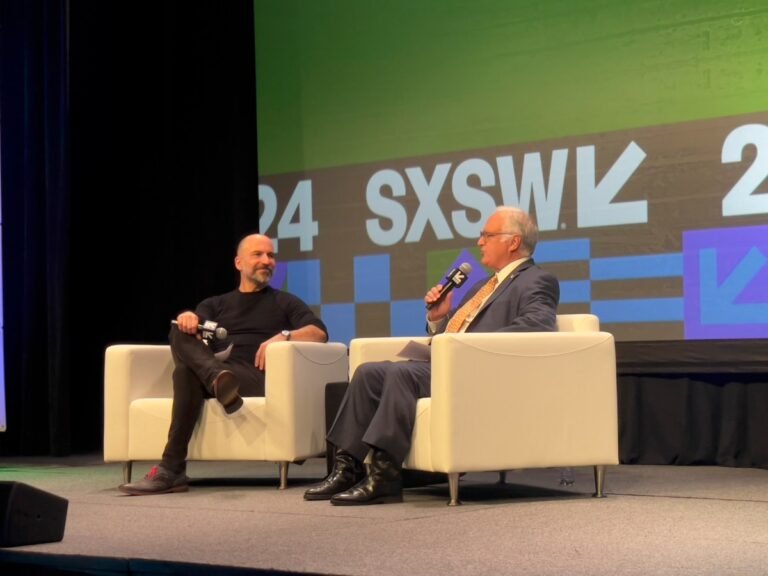
Uber CEO outlines plans for increasing driver EV access, reducing emissions at SXSW Dara Khosrowshahi explains his priorities for Uber now that it's achieved profitabilityUber’s future will be greener, more affordable, and able to challenge Amazon at its own rapid delivery game, CEO Dara Khosrowshahi predicted while on stage this week at SXSW.
To achieve that, Uber has to make it easier and cheaper for drivers to access electric vehicles.
Uber said emissions are calculated based on Uber Green and Uber Comfort Electric rides, and the amount of CO2 emissions avoided compared to UberX or Uber Comfort trips of the same distance.
Riders can go to their account section of the Uber app to access the “estimated CO2 saved” feature, which shows all the emissions saved by taking Uber Green and Uber Comfort electric rides.
Since then Uber has partnered with autonomous sidewalk delivery startups Cartken and Serve Robotics and robotaxi companies Waymo and Motional.
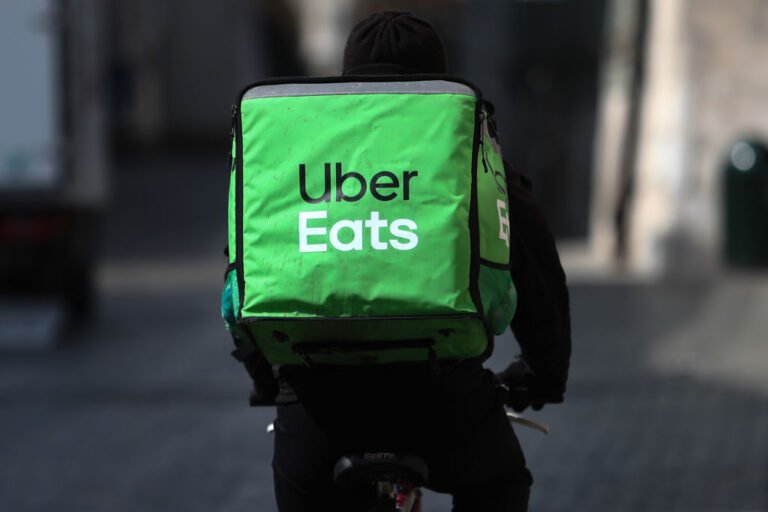
Uber Eats is adding a live location sharing capability to help couriers find customers in difficult-to-find locations, including public places such as campus courtyards, parks, and playgrounds.
Uber Eats is available in over 11,000 cities across six continents.
Uber Eats stops sharing the location once the order is delivered.
The company hopes its new live location sharing feature will help solve a major challenge that many couriers face, especially in the warmer months when people are spending more time outdoors, ordering food for birthdays and other events.
“We’re thrilled to bring location sharing to Uber Eats and help consumers ensure greater reliability with every delivery they receive,” Divya Dalapathi, Director of Product Management at Uber, said in a statement.

This “deepened” partnership will focus on commercial self-driving Ram delivery vans, a target that was first announced in 2020 and promptly faded from public view.
Discussions on this “improved” deal have focused, in part, on a crux around driverless delivery: how does the package get from the vehicle to the customer?
Waymo, which is owned by Google parent-company Alphabet, currently doesn’t operate a commercial delivery service using its self-driving vehicles.
That deal did include a future plan to include delivery via Uber Eats, but as of today, it has not launched, according to a Waymo spokesperson.
Under the deal, Fiat Chrysler — now known as Stellantis — would handle the manufacturing and provide Waymo with minivans that built in redundancies designed for autonomous driving.

Uber has signed a memorandum of understanding with an Indian government-backed program that aims to make mobility and commerce more accessible across the South Asian nation.
The ride-hailing giant said Thursday that it will explore an integration with Open Network for Digital Commerce (ONDC) to explore integrations with the network and expand range of its mobility offerings on the Uber app.
The ONDC is an ambitious initiative seeking to disrupt the country’s fast-growing e-commerce and mobility sectors.
Though firms like Amazon and Flipkart have expressed intentions to participate in the open network, their engagement remains limited.
“As the Open Network is continuously evolving, MTT (mobility, transport and travel) is certainly a critical sector for us.
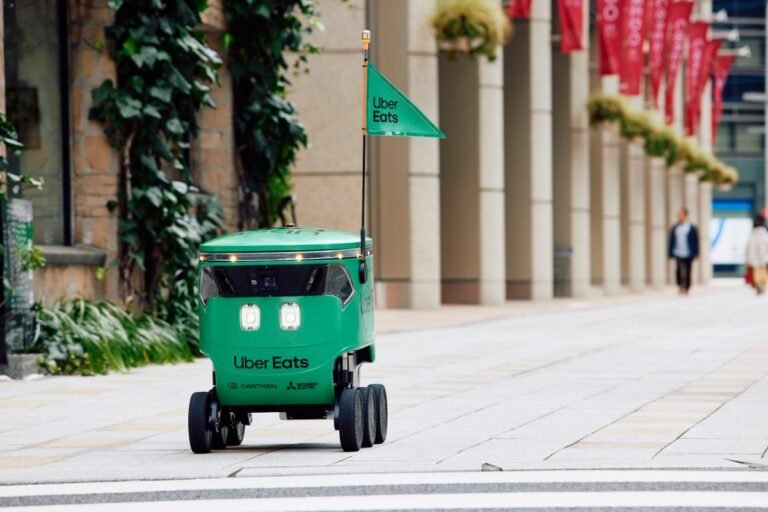
Uber, along with partners Mitsubishi Electric and autonomous robotics startup Cartken, are launching a service in Japan that will use self-driving sidewalk robots to deliver food to customers.
Uber and Cartken, a startup founded in 2019 by former Google engineers behind the short-lived Bookbot, already operate a delivery service together in Fairfax, Virginia and Miami.
Cartken’s autonomous sidewalk robot, known as Model C, will be used for the delivery service.
Cartken’s teleoperations interface will be used by Mitsubishi Electric employees who are trained in Cartken’s remote guidance system, according to an Uber spokesperson.
“We hope that this newly announced initiative will serve as a catalyst for the spread of robot delivery services in Japan,” Tanaka said.
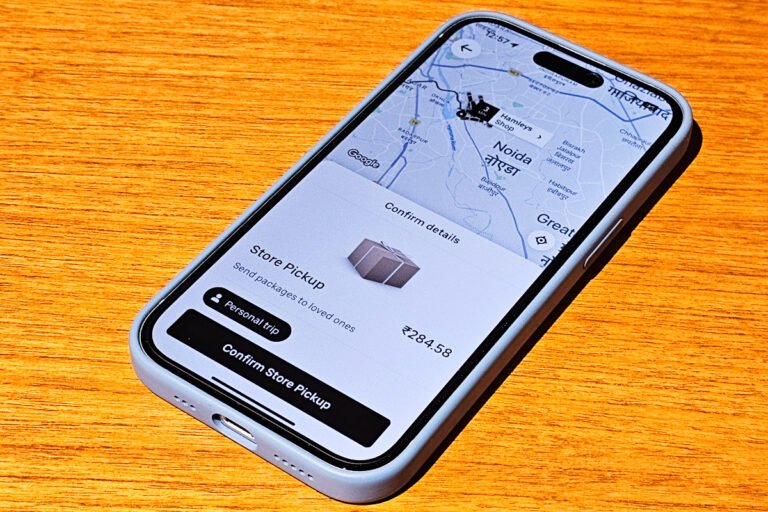
Uber has quietly started testing a feature that lets gig workers pick up prepaid items from local stores and deliver them to customers in India.
It suggests that Uber sees a business opportunity in delivering items from local stores in India — just like in the U.S.
For instance, the item set for pickup at the local store needs to be five kilograms (11 lbs) or less.
In addition to Store Pickup, Uber offers its regular Connect feature to let customers deliver packages through its app.
However, the Store Pickup feature is specifically for arranging deliveries from local stores.

Hertz is selling its EVs because it botched the rollout for ride-share drivers It's a precautionary tale for how to assess new markets — and how not to introduce a new product.
Hertz made a splash in 2021 when it announced that it would buy 100,000 Tesla Model 3 sedans in a little over a year.
Hertz said in an SEC filing that it would be selling 20,000 of its EVs and replacing them with fossil fuel-powered vehicles.
After Hertz started buying EVs, it directed most of them to Uber drivers.
Uber drivers also rented the cars for longer periods of time, Hertz said, meaning that fewer employees were needed to support a given number of vehicles.












